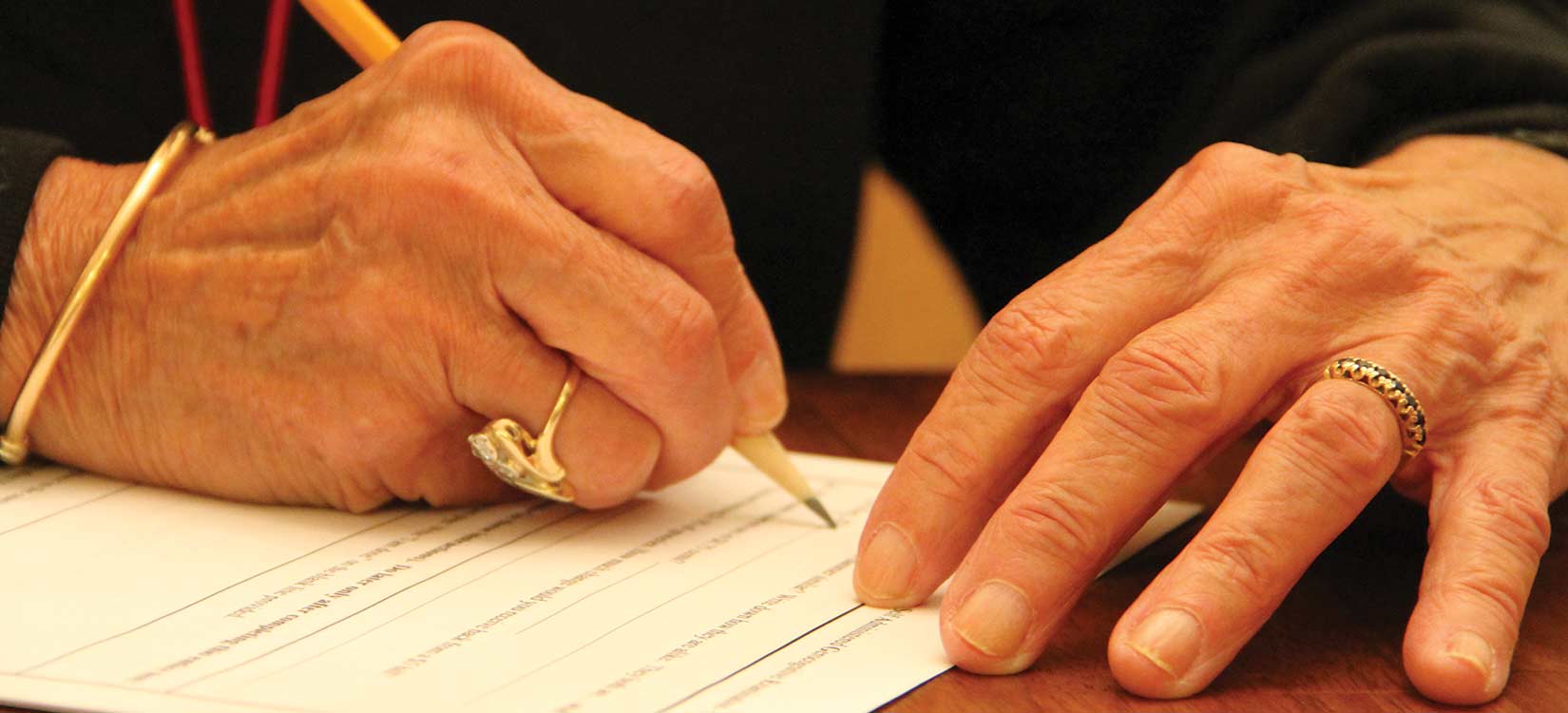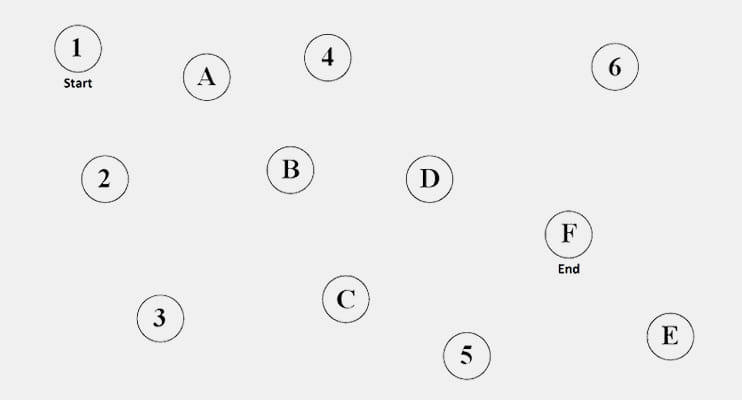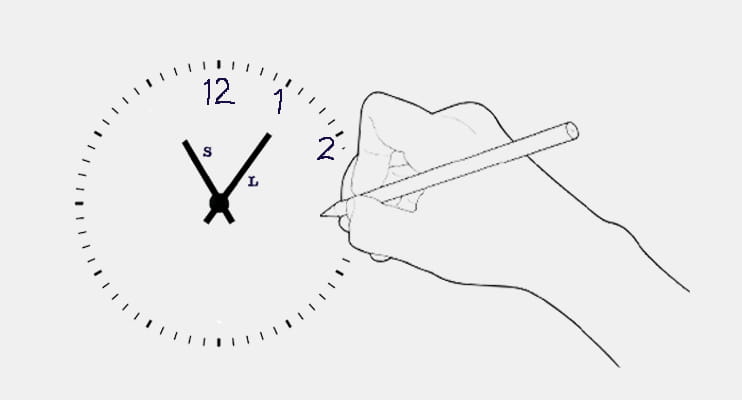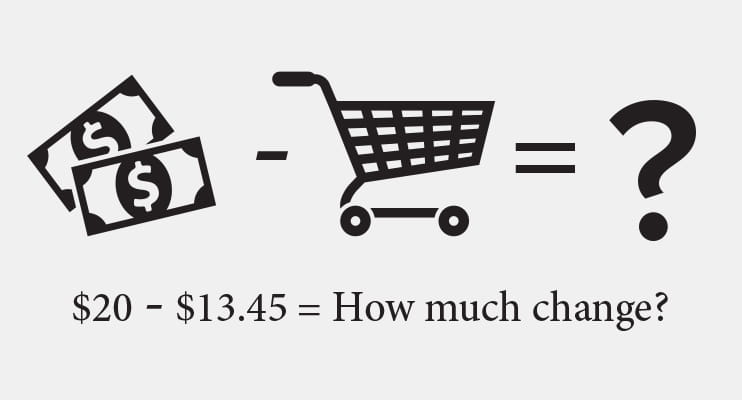Worried about Alzheimer’s? Here's how our popular quiz detects signs

Ohio State’s quick quiz for detecting early signs of Alzheimer’s or other dementia is making big strides in helping doctors monitor brain health.
The pencil-and-paper evaluation from The Ohio State University Wexner Medical Center can be filled out at home, in a doctor’s waiting room or at any other convenient place.
The free test has been downloaded more than 1.5 million times!
Questions from the quiz known as SAGE – Self-Administered Gerocognitive Exam – were featured on The Doctor Oz Show in April in a segment so popular that the show brought back the topic to discuss more questions a month later.
Douglas Scharre, MD, who developed the test with his research team at Ohio State, said doctors are using SAGE results several ways: to detect early cognitive problems in an initial test, to track brain function changes over time with periodic test-taking and to assess changes before and after surgery or chemotherapy.
Our doctors recommend people in their 60s take the quiz to provide baseline results for comparison as they reach their 70s and 80s. “If we catch this cognitive change really early, then we can start potential treatments much earlier than before having this test,” Dr. Scharre says.
Breaking down the questions
Let’s look more closely at some questions on the quiz that people around the world are taking.
To be diagnosed with a dementia condition, such as Alzheimer’s, at least three different regions of the brain have to not be functioning normally. The quiz assesses various areas of the brain that perform different jobs, such as language, memory and calculations.
Sample questions, with explanations from Dr. Scharre:
1. Name the following pictures (don’t worry about spelling):

Tests your brain’s language centers. People with deficits or lesions in the lobe of the brain that controls language might have difficulty with this question.
2. Do the following: Draw a line from one circle to another starting at 1 and alternating numbers and letters in order before ending at F (1 to A to 2 to B and so on).

Tests abilities called executive functioning in the front of your brain, which is responsible for focusing attention and holding small bits of information for a short time. Shifting back and forth from numbers to letters in order works that focus and short-term memory.
3. Drawing test
- Draw a large face of a clock and place in the numbers
- Position the hands for 5 minutes after 11 o’clock
- On your clock, label “L” for the long hand and “S” for the short hand

Tests visual-spatial function, such as how your eyes and hands work together. Also requires you to use more executive functioning, including your memory to recall a clock face and your ability to plan out the placement of the numbers and hands.
4. Answer this question: You are buying $13.45 of groceries. How much change would you receive back from a $20 bill?

Tests calculation abilities. People with deficits or lesions in the lobe where math typically is carried out might find this question difficult.
Take the full test now or print it out for your mom, dad or loved one you care about.
It takes less than 15 minutes!




